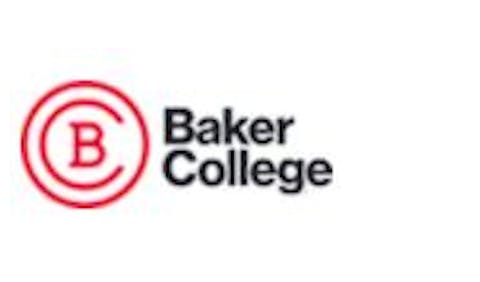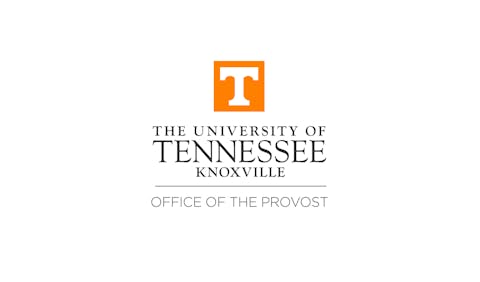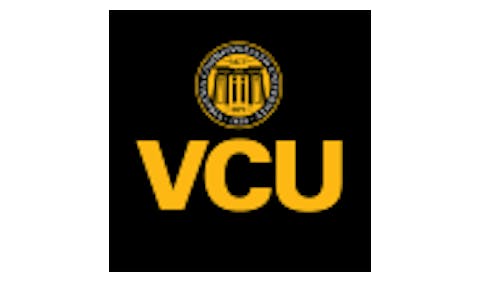The recent Moody’s downgrade of the 2025 U.S. higher education outlook is not merely a financial tremor; it serves as a chilling echo of the cyclone that swept Dorothy into the tumultuous Land of Oz—a "tempest of uncertainty" driven by rapid policy shifts and financial pressures, threatening the very foundations of higher education. Moody's current assessment acts as more than a weathervane. It implies that the seemingly bright and picturesque Oz conceals a turbulent storm of uncertainty, particularly for institutions and individuals seeking a society where both fairness and performance matter. This downgrade is not an isolated incident; instead, it is the culmination of destabilizing factors, including funding cuts and the dismantling of diversity, equity, and inclusion (DEI) initiatives, which are transforming the environment surrounding U.S. higher education.
The Land of Oz: Financial Storm Clouds Gather
My career, which has spanned from the Federal Reserve to leading struggling universities, has highlighted the significance of credit agency evaluations. In 2015, I faced a negative credit outlook from Moody's, a challenge that jeopardized the "fresh start" I was brought in to achieve. This experience echoed the precarious journey of Dorothy in the classic MGM film and Stephanie Mills in The Wiz as they navigated a world where established power structures often obscure actual value and potential. Financial storm clouds have gathered, and institutions, particularly those serving communities of color, are encountering unprecedented challenges.
The Precarious Journey: HBCUs and PBIs in a Tumultuous Environment
The convergence of funding cuts, enrollment uncertainty, shifting workforce demands, technological disruption, and the upheaval of DEI-related initiatives creates a highly precarious situation for higher education institutions, including Historically Black Colleges and Universities (HBCUs) and Predominantly Black Institutions (PBIs). Often operating with tighter budgets, these institutions are disproportionately affected by funding reductions, such as the National Institutes of Health (NIH) plan to lower indirect cost recovery to 15 percent, and by the reduction of programs that directly support Black student success, including targeted scholarships and grants from the National Science Foundation (NSF) and NIH. This scenario parallels Elphaba's struggle in Wicked, as she battles against systemic forces that seek to marginalize and suppress. The financial pressure is compounded by the loss of essential support systems, making it increasingly difficult for these institutions to fulfill their mission of providing quality education and nurturing the nation’s future leaders.
A Backdoor Low-Pressure System: Undermining the Nation’s Future Success
Recently, the U.S. Department of Education launched an investigation into 45 universities with graduate schools that partner with the Ph.D. Project, alleging that these institutions may be violating the 1964 Civil Rights Act by restricting eligibility based on race and thereby engaging in "race-exclusionary practices." Founded in 1994, the Ph.D. Project aims to diversify the business world by increasing the number of Black, African American, Latinx, Hispanic American, and Native American faculty members in business schools. In response to the investigation, the University of Iowa, for example, has severed ties with the Ph.D. Project, despite the organization's removal of specific racial criteria from its program participation requirements.
It is essential to recognize that DEI-related initiatives were, at best, strategies or tactics employed to address fairness, a critical need in a diverse society and a robust economy. Eliminating DEI-related initiatives is akin to a backdoor cold front approaching from an unusual direction, undermining essential support systems for fairness and leaving the need unaddressed. This indicates a broader retreat from the nation’s growth and competitiveness needs for talent, jeopardizing progress in diversifying higher education. This rollback worsens existing disparities, obstructing access and success for individuals who aspire to make a meaningful, positive, and lasting impact on the lives of others.
Many organizations have confused fairness with DEI, while others, like JPMorgan Chase, view fairness as essential. Chief Operating Officer Jenn Piepszak announced changes to the company’s DEI programs, now referred to as Diversity, Opportunity, and Inclusion (DOI), are aligned with market trends and regulatory updates (JPM Updates Its DEI Programs). This change replaces equity with opportunity, which Piepszak stated, “has always meant equal opportunity to us, not equal outcomes, and we believe this more accurately reflects our ongoing approach to reach as many customers and clients as possible, grow our business, create an inclusive workplace for our employees, and increase access to opportunities.”
Navigating Through OZ
The intensity, range, and scope of the tempest have become increasingly ominous. Changes in federal policy have heightened uncertainty, resulting in unpredictable operational performance and financial outcomes for all U.S. higher education institutions. It has also sent shivers throughout the campuses, raising concern and anxiety about the future.
Universities must act decisively to engage stakeholders in operational restructuring and strategic partnerships while developing a deeper understanding of how to ensure that the institution’s purpose, character, and commitment to meeting stakeholder expectations align with fairness, operational resilience, and economic sustainability. This is no small task.
Leaders must challenge conventional models, as Dorothy and her companions did when confronting the Wizard, and advocate for policies that protect vulnerable institutions and students. The time for incremental change is over; bold, transformative action is essential to navigate the raging storm.
Finding the Way Home and Emerging from Oz
Now is the time for urgency. We must leverage financial expertise, operational flexibility, and an unwavering dedication to fairness to ensure a sustainable future for all students. The future of higher education and its promise of opportunity relies on our commitment to follow the Yellow Brick Road.
Let's focus on building bridges, not walls, and creating a welcoming, fair environment for everyone in higher education. The storm is already upon us, but we must not lose sight of the "home" we aim to create—a healthy, interactive environment where all students, regardless of their race or background, can flourish.
__________________
Dr. Ronald A. Johnson, a former Federal Reserve economist and university president, specializes in strategic financial restructuring. He advocates for fair higher education policies, particularly for HBCUs and PBIs.
















